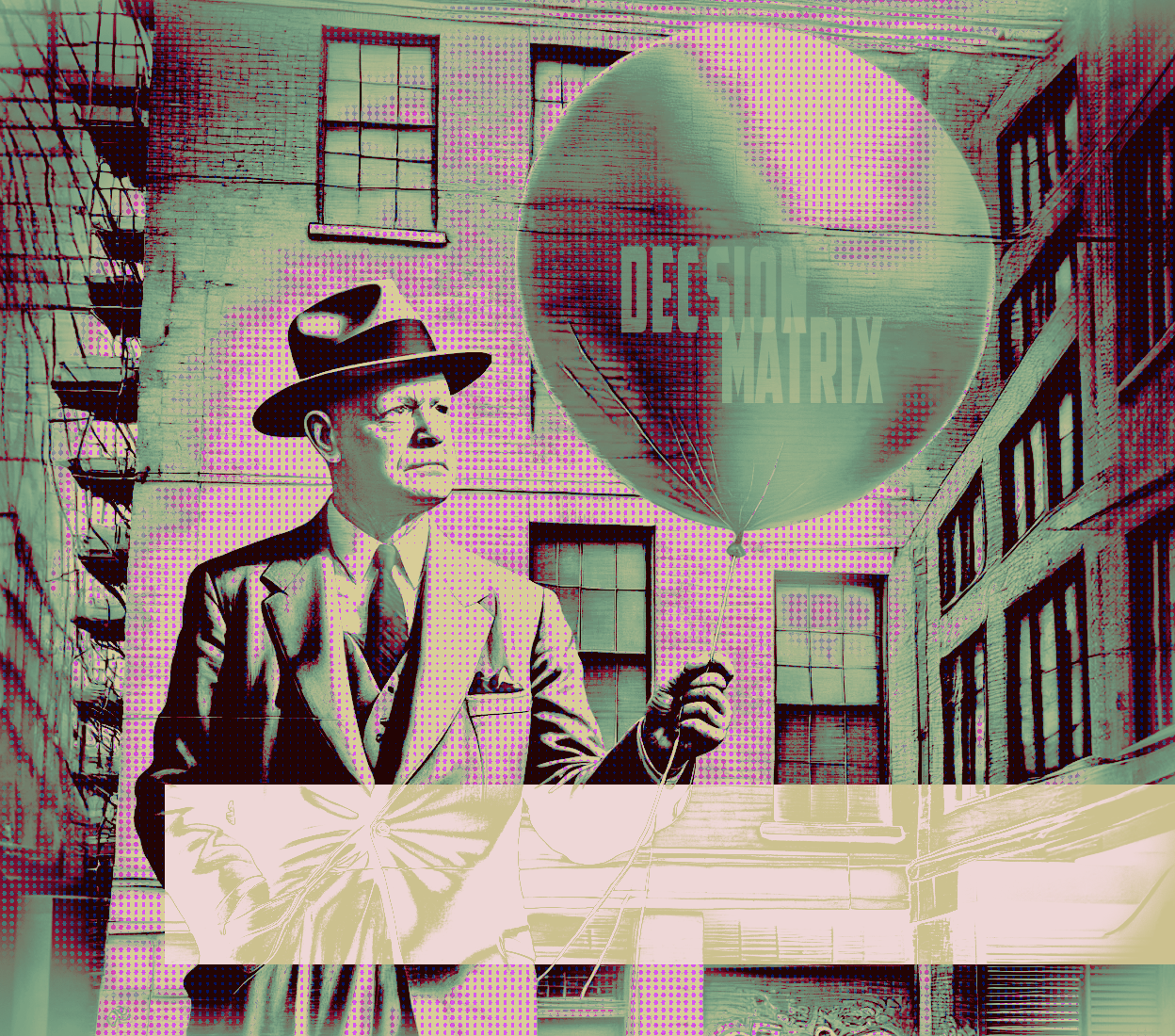The fastest way to lose support for any User Research initiative is to be dogmatic about doing in-depth research on every project. But for some, It can be challenging to know how or how little to do and how to ensure you’ll have stakeholder buy-in on your project. To streamline this decision-making process and to illustrate to your stakeholders that you are a good partner in reaching the OKRs of your business, I have adapted the Eisenhower Method, a prioritization framework, to evaluate how much or how little research to conduct based on two key factors: investment size and risk level.
The Framework
The framework consists of a simple matrix divided into four quadrants based on two axes: the amount of development and design investment (small or large) and the associated risk (low or high). This creates a comprehensive approach to evaluate the necessity and depth of research needed for each project.
Low Risk, Small Investment: In this quadrant, research is minimal. The focus is on identifying if similar problems have been solved by competitors and whether there are established best practices. If the answer is yes, I establish baseline metrics, define key performance indicators (KPIs), and plan to measure outcomes in production. This allows for quick validation without extensive research.
Low Risk, Large Investment: Here, I conduct some user research to ensure that the investment is justified. This includes exploring competitors’ solutions and established best practices through non-moderated research methods like prototype studies, surveys, and beta testing. The goal is to gather enough insights to guide the design and development process while mitigating potential risks.
High Risk, Small Investment: In this scenario, a bit more research is warranted to ensure that the investment is sound. I delve into some user/UX research, focusing on competitor analysis and established practices. Non-moderated approaches, such as surveys and limited audience releases with in-app prompts for feedback, allow for iterative learning while minimizing resource expenditure.
High Risk, Large Investment: This quadrant demands in-depth user/UX research. Here, I prioritize user interviews, prototype testing, and comprehensive surveys to understand user needs and market fit. Utilizing non-moderated methods for open UX questions is essential to gather significant data and mitigate risks associated with large investments.
Conclusion
By applying this adapted Eisenhower Method, I can make informed decisions about the level of research needed for each project based on the size of the investment and the associated risks. This structured approach not only optimizes resource allocation but also ensures that user insights guide the development process effectively, ultimately leading to better product outcomes.


